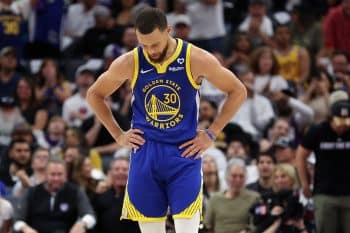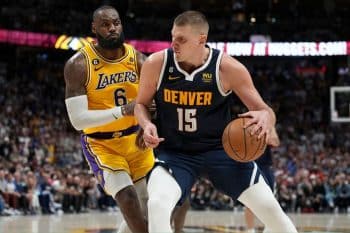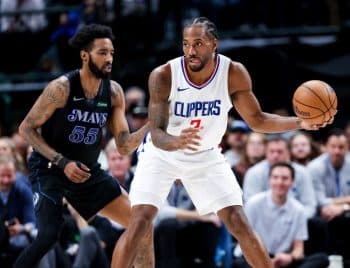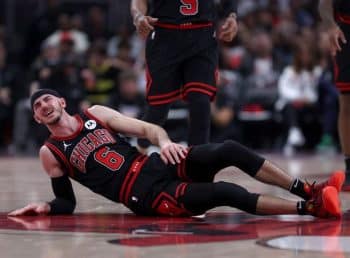NBA
NBA AM: Remembering Hank Gathers
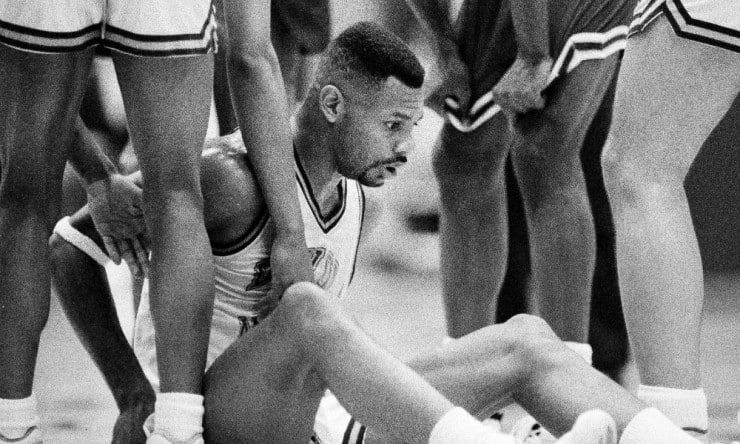
Sunday, March 4 marked the 28th anniversary of Hank Gathers’ death, which to many younger NBA fans might not mean much. It should, though. Of all the great young players that never got to appear in the NBA, Gathers was one of the best of them.
He played for a Loyola Marymount team led by head coach Paul Westhead, who preached the benefits of pace long before the NBA embraced that style of play, and while there are some who believe Gathers’ stats were a product of that system (he led the NCAA in scoring and rebounding in 1990), others saw him as a bona fide talent that would have seen sure-fire success in the NBA.
Gathers was projected to be the #1 pick in the 1990 NBA Draft. He was a big guy that could run, but some thought he was a just a four in a three’s body, which wasn’t the boon in 1990 that we perceive it as today. Most of his shot attempts came within 10 feet of the basket, many of those were the product of offensive rebounds and fast breaks. He was incredibly fast for his size and built like Adonis. The debate over what kind of impact he would have made in the NBA is contentious and uncertain, but there is no debate over what kind of college players he was.
Hank Gathers was awesome.
That’s what makes his death so heartbreaking, even 28 years after it happened.
In December of 1989, Gathers was diagnosed with an abnormal heartbeat made worse by physical exertion, so he went on beta blockers to help get the condition under control. Gathers believed the medication worsened his play, however, so he gradually cut back on the medicine to continue playing at as high a level as possible.
A month before he died, he scored 48 points and hauled in 13 rebounds, despite being guarded for long stretches of the game by LSU’s Shaquille O’Neal. A couple of weeks later he posted a 30-rebound game against Saint Mary’s.
He started skipping doctor appointments and probably wasn’t taking his medication on game days, all of which may have led to the perfect storm on March 4, 1990.
After scoring on an alley-oop play against the University of Portland, Gathers collapsed to the floor. He tried getting up, said, “I don’t want to lay down,” and then stopped breathing. When he arrived at the nearest hospital, he was pronounced dead at age 23, months before he would have been drafted into the NBA.
Miami HEAT head coach Erik Spoelstra played for that Portland Pilots team and was on the court, not far from Gathers when he collapsed.
“There was piercing silence in the gym,” Spoelstra told the L.A. Times in 2015. “Immediately.”
To this day it haunts him, just as it haunts the rest of his contemporaries who couldn’t help but wonder what Gathers might have been had he not passed away in the spring of 1990.
Medical experts have picked apart the sequence of events leading to Gathers’ death, and some have wondered whether a better understanding of CPR could have saved his life. For example, no one administered chest compressions during the critical first few minutes after Gathers stopped breathing.
Those are the types of “what if” stories that enhance the legacy of both Gathers and Len Bias, who died of a drug overdose after being drafted second overall by the Boston Celtics the year after Boston won the 1986 NBA Championship. How might the league have been different had guys like that found their way to the league? Would younger, casual fans know their names the same way they know the names of other big stars from the ‘80s and ‘90s?
Tragedies are unstoppable sometimes. They come and they destroy and they leave heartbreak in their wake. Most of all, they leave us with questions, and few players left more questions behind them than Hank Gathers.
